The “Phineas and Ferb” Soundtrack Is Eternal
There are six days of finals. There are 12 days of Christmas. There are nine days of spring break. Most importantly, there are 104 days of summer vacation.
Source? My two close friends, Phineas and Ferb.
As a child, the untamed adventures of these iconic brothers reminded me to challenge the notions of possibility. Through the television screen, their show sent an open invitation to an entire generation of kids, encouraging us to escape the monotony of recess and spelling tests.
“Phineas and Ferb” fearlessly defended childhood joy with inventive problem solving skills, original plot lines and engaging musical performances.
The Disney Channel show beautifully normalized step-family relationships, expressed and validated a variety of personality types and interests and crafted complex characters who comedically reflected the same stereotypes which they frequently defied. However, the best part of the show is its seamlessly interwoven musical features.
The album “Phineas and Ferb” is a 37-minute compilation of 26 of the show’s impeccably crafted bops like “Gitchee Gitchee Goo” and “Perry the Platypus Theme.” Each song tells a catchy story that enriches the adventure between Phineas (half-Dorito, half-genius engineer), Ferb (soft-boy genius), Dr. Doofenshmirtz, Perry (a platypus bold enough to think he pulls off a fedora) and Candace (a ginger).
A true bop of 2009, “S.I.M.P (Squirrels in My Pants),” layers contemporary pop with rhythmic grit to emotionally express the widespread everyday struggle of having a squirrel in one’s pants.
The song is narrated by male vocalists who carefully balance stylized singing and relaxed rap. However, the true star of the song is Candace, who provides dynamic interjections with her exasperated plea, “There’s squirrels in my pants!”
As a listener, the emotional resonance of her powerful raw performance can be felt in your own pants. Electrified percussion, deep male vocals and harmonic teenage girl shrieks create an energetic and always needed rodent-awareness PSA.
In “Ain’t Got Rhythm,” Phineas helps Sherman, the librarian, embark on a two minute journey to rediscover his innate rhythmic mastery. His soulful angst is heightened by campfire guitar strums and instrumentals which wax and wane for dramatic intensity.
The song culminates in an intense and energetic mesh of strings and harmony between Phineas and Sherman that leaves you feeling like you also just rediscovered your own wicked groove.
My personal favorite is “Busted,” a duet juxtaposing the show’s two teenage female leads, Candace and Vanessa. “Busted” unites the melodramatic girl-next-door and the edgy goth queen by grounding them in shared glee of playful child antics.
The song’s percussive framework is flavored with techno-synth elements that allow both girls to showcase their impressive vocal ability with infectious harmonies and perfectly placed belts.
“Busted” is decorated with harmonic interjections, vocal overlays and unexpected melodic runs that command you to temporarily substitute adulting with a carefree dance of youthful simplicity.
Each song on “Phineas and Ferb” is a high-quality musical exploration. This diverse compilation introduced our generation to musical elements of soft-EDM, jazz, blues, folk, surf and rock. The stories spread positive messages about acceptance and encouraged self-growth.
The show rewards optimistic creativity at a critical transition stage that begins to threaten unrestricted youthful imagination. All in all, Disney created a timeless masterpiece with a lasting impression on our generation.
For decades to come, the adventures of this iconic fraternal duo will remain firmly canonized in my childhood nostalgia. “Phineas and Ferb” created an impeccable commentary on absurdity by merging art with the lighthearted humor of childhood joy.

Katherine Morris is a junior at Fordham College at Rose Hill, double majoring in digital technologies and emerging media and mathematics/economics, and...

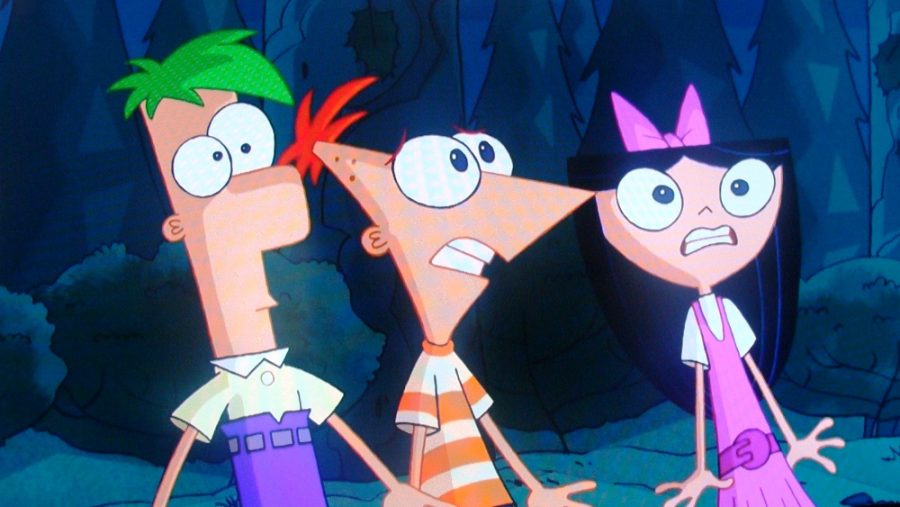
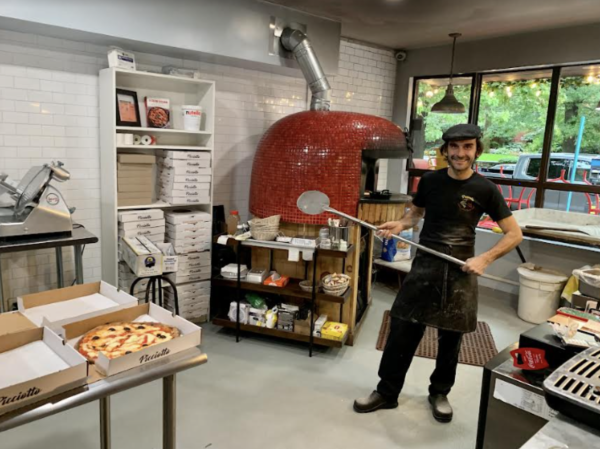




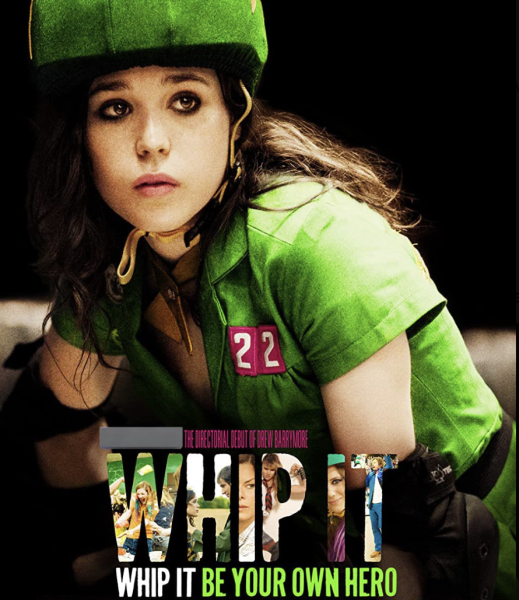
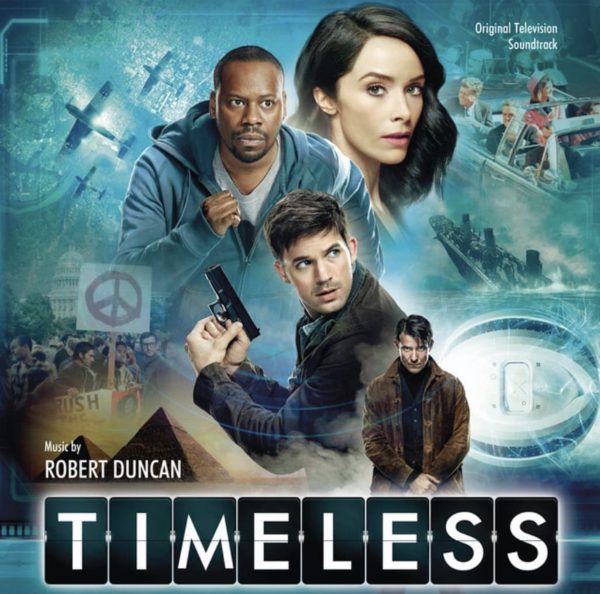
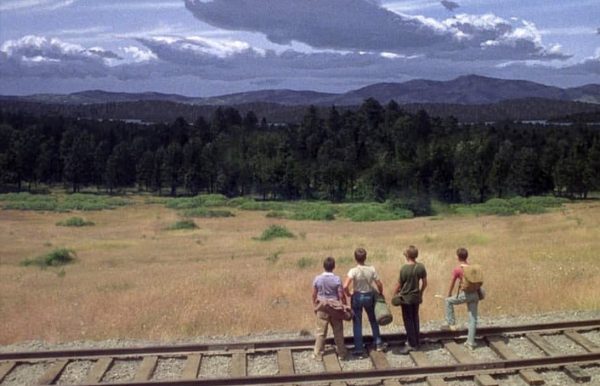
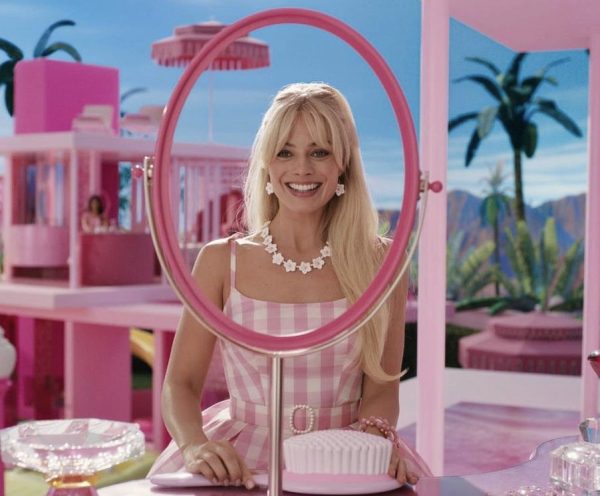
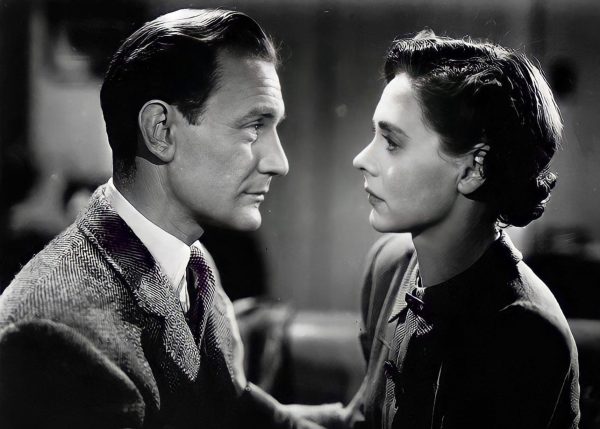

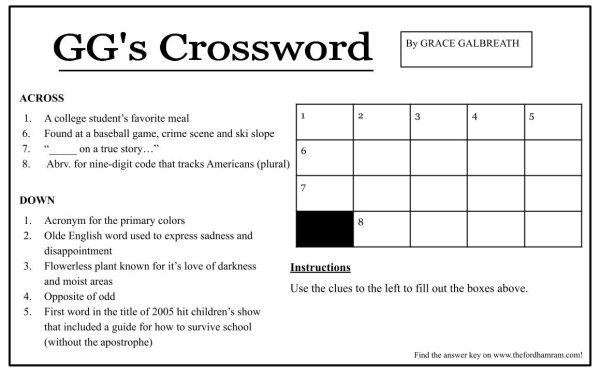
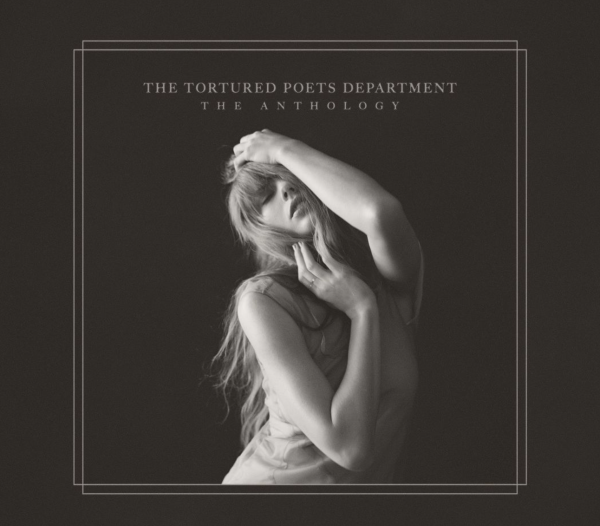
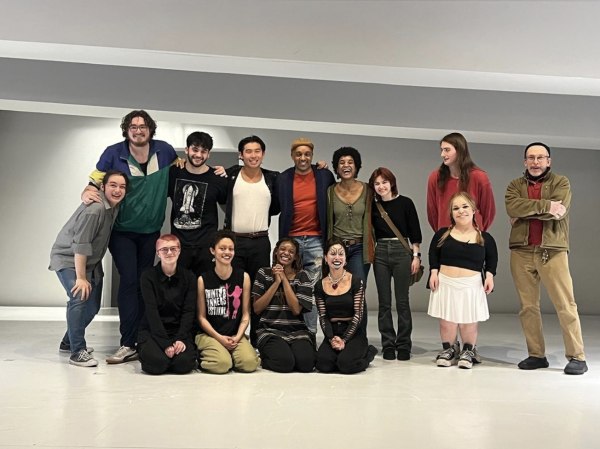
Dawood Tarihe • Nov 8, 2019 at 4:37 pm
good review.
Dan Povenmire • Nov 7, 2019 at 9:43 am
This is the nicest review. Especially, “ layers contemporary pop with rhythmic grit to emotionally express the widespread everyday struggle of having a squirrel in one’s pants,” which, of course, was exactly what we were going for. I couldn’t be more proud.